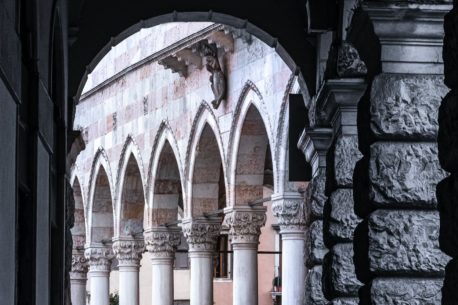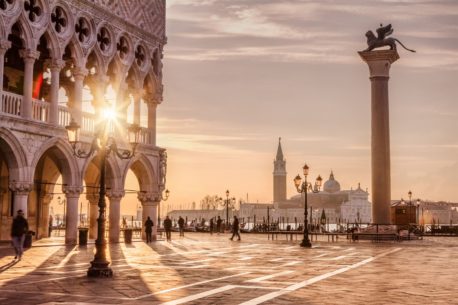
Milan never had a stable Jewish community mostly because for many centuries Jews were banned from the city until about the end of the XVIII century, when the first significative afflux of Jews from other parts of Italy and Europe took place. This continued until today, making Milano the 2nd largest Italian Jewish Community after Rome, but more peculiarly, the most heterogeneous one with Jews of all edot arriving in this city, the most cosmopolitan in Italy.
Right after WW2 and for the next few years after, Milan was also a place where Jewish refugees and survivors of the holocaust flocked to look for their dear ones, for help, to make aliya to then Palestine, or to settle in this city.
Since then, also as a result of Milan being the Italian economic and financial powerhouse, the city has been the destination of many Jews forced to leave their countries after the establishment of Israel in 1948 or whenever there were anti-Jewish upheavals in Muslim countries. In fact, here have settled significant communities coming from Egypt, Syria, Lebanon, Turkey, Libia, Iran, … making the Jewish community of Milan one of the most diversified in Europe. Nowadays, in addition to the main Synagogue, there are at least about 20 Temples representing all the different edot.
The tour of Jewish Milan will take us first to visit Milan’s main Synagogue, located nearby some of the main city’s attractions. Like in all Italian major cities, following the emancipation that arrived after the unification of Italy in 1861, the Jewish community of Milan wanted to build a synagogue that symbolised their new proud status of free and equal citizens in a new and free country. The project was given to one of the most famous Italian architects of the time – Luca Beltrami – and the new monumental Temple was ready in 1892. Unfortunately, this was destroyed during an allied bombing of the city in 1943. What you see today is the result of two renovations that took place in 1953 and in 1997. The next stop will be “Binario 11” (Track 11) at the Central Station from which the Jews of the city and the surrounding areas were put on trains towards the concentration camps during WWII.
Last, but not least, either for lunch or for dinner (or both), you will be able to enjoy a meal in one of Milan’s delicious kosher restaurants.

Cividale del Friuli is a town located in the north eastern part of Italy, very closed to the border with Slovenia. In spite of the fact that the Jewish presence in Cividale dates back almost 800 years and, according to some unverifiable sources, even back to the VI century B.C., nowadays there are very […]

This iconic and wonderful city includes within its boundaries one of the largest ghettos ever built which can be defined almost as a city within the city. The ghetto is part of one of the Venetian districts called “Sestiere di Cannaregio” – “Sestiere” from the Italian word “sesto” meaning one sixth – in which many […]